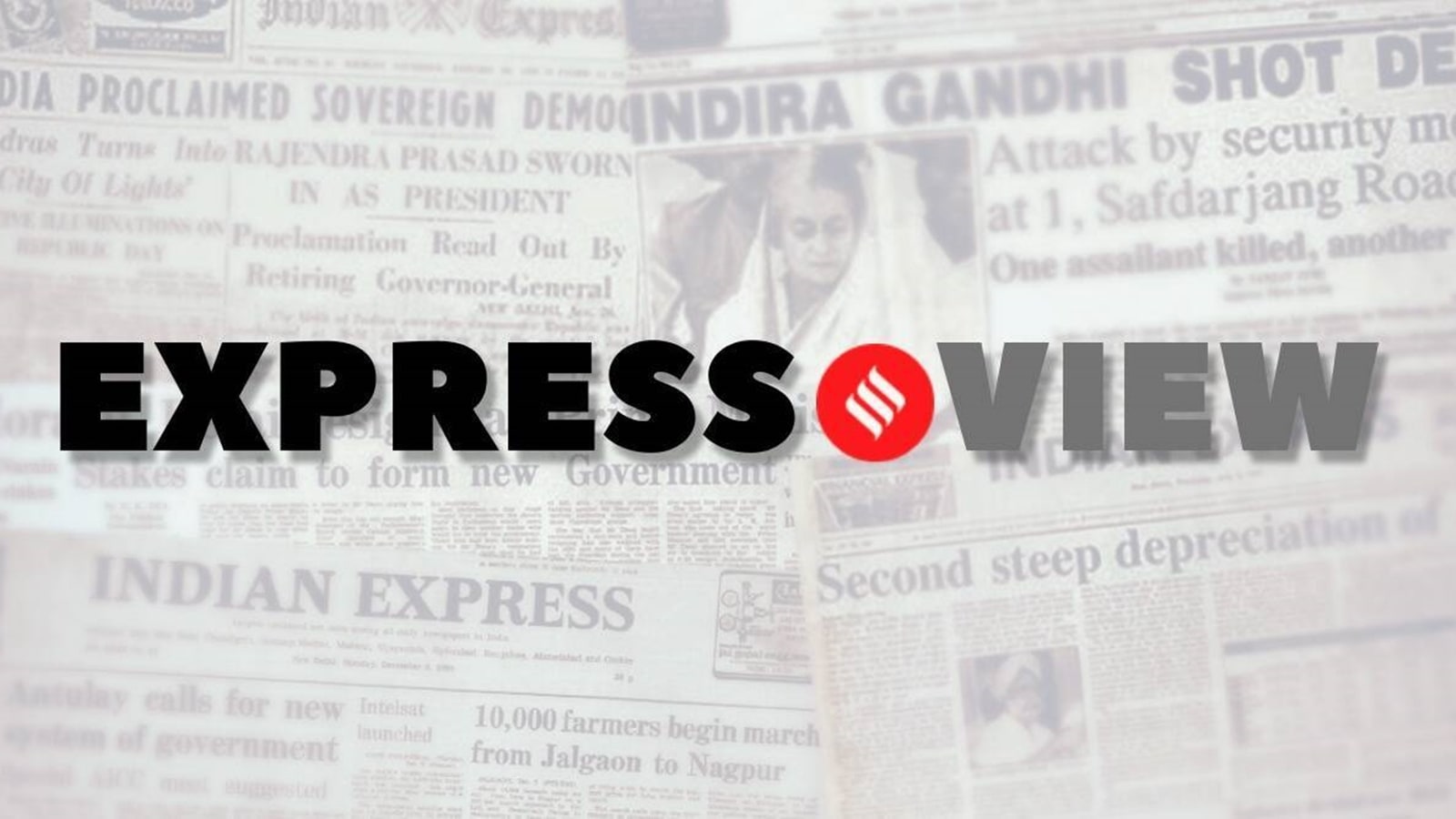 |
|
The Reserve Bank of India (RBI) took a significant step on Friday, announcing a 25 basis point cut in interest rates. This decision, unanimously approved by the Monetary Policy Committee (MPC) under the newly appointed Governor Sanjay Malhotra, marks a shift in the central bank's priorities. The benchmark repo rate now stands at 6.25 percent, reflecting a clear prioritization of economic growth over concerns about inflation. This move aligns the RBI with a global trend of central banks easing monetary policy to stimulate economic activity. The MPC's decision to maintain a neutral policy stance, while simultaneously lowering rates, highlights the delicate balancing act the RBI is attempting to achieve. The current economic climate is characterized by a slowdown in growth momentum. The second quarter witnessed a sharp dip in GDP growth, reaching only 5.4 percent. While preliminary estimates suggest a full-year growth of 6.4 percent, the projected pick-up in the latter half of the year remains uncertain and arguably weak. The RBI's own assessment, based on early corporate results, indicates a modest recovery in the manufacturing sector. However, a clearer picture will only emerge in the coming weeks and months.
The RBI's revised forecast for economic growth is optimistic, projecting a 6.7 percent increase in 2025-26. This prediction falls at the higher end of the Economic Survey's projections, which ranged from 6.3 to 6.8 percent. The relatively positive outlook is partly fueled by a decreased concern over inflation. Subdued core inflation and the expectation of moderating food prices contribute to this more relaxed stance. The RBI projects a decline in the Consumer Price Index (CPI) from 4.8 percent this year to 4.2 percent in the next. This projection rests on several factors, including a promising kharif harvest, an anticipated easing of winter vegetable prices, and favorable prospects for the rabi crop. These factors are expected to contribute to softening food prices, a significant element in overall inflation calculations. The rate cut comes shortly after the RBI announced plans to inject liquidity into the banking system through various measures, including open market operations, variable rate repo auctions, and dollar/rupee buy/sell swap auctions.
The injection of liquidity is designed to facilitate smoother transmission of the rate cuts into the money market, according to analysts. Governor Malhotra emphasized the RBI's continued monitoring of liquidity and financial market conditions, pledging to take necessary actions to ensure orderly liquidity. This proactive approach indicates a focus on ensuring that the rate cut translates into tangible benefits for businesses and consumers, thereby stimulating economic activity. The central bank's actions demonstrate a calculated risk. While lowering interest rates can boost economic activity by making borrowing cheaper, it also carries the risk of potentially reigniting inflation if not carefully managed. The RBI's confidence in its projections, coupled with its commitment to actively manage liquidity, suggests a belief that the benefits of stimulating growth outweigh the potential inflationary risks, at least in the current context. The coming months will be crucial in determining the effectiveness of this strategy and its impact on the Indian economy. The success of the rate cut will depend on several interrelated factors, including the actual pace of economic recovery, the effectiveness of liquidity measures, and the continued moderation of inflation.
Source: Express view on rate cut: RBI lowers interest rates as growth considerations dominate
